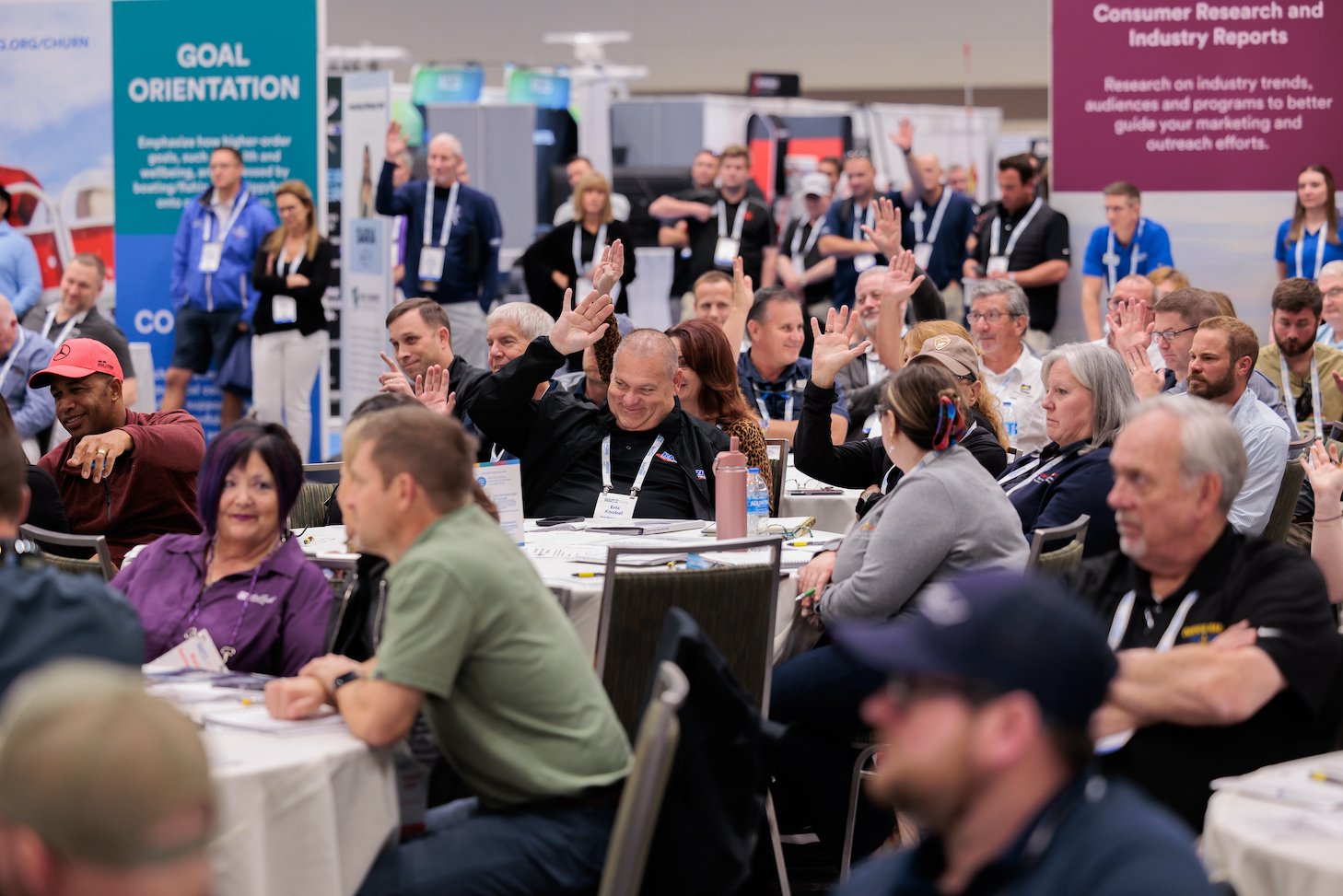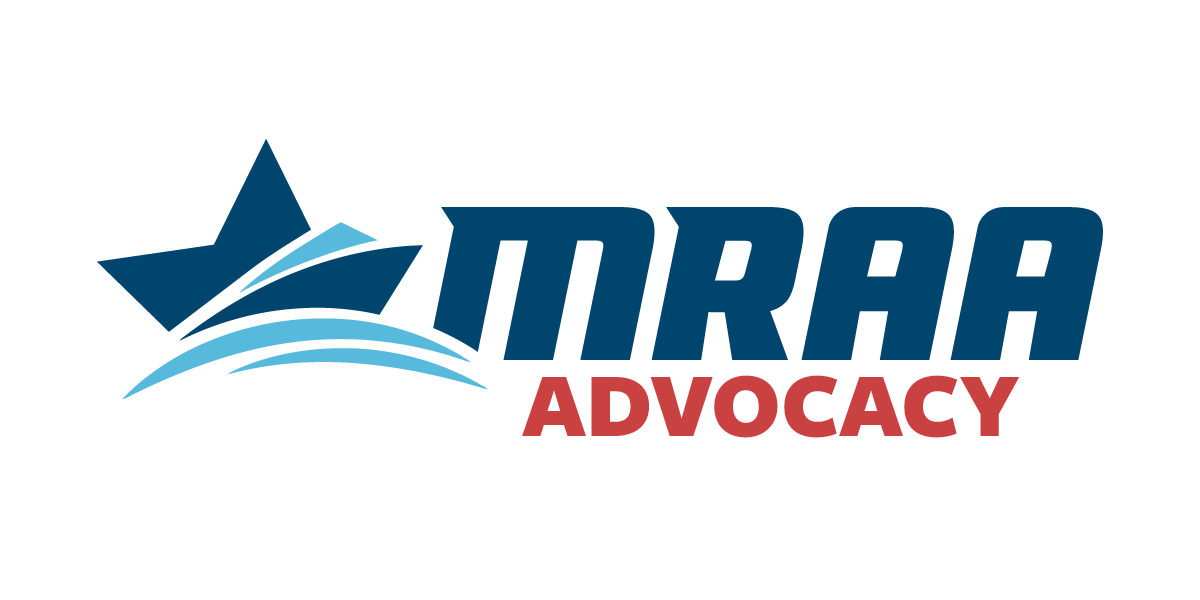Marine industry guide seeks to serve as a roadmap for empowering employers.
Today, as the result of a yearlong collaborative effort, the Marine Retailers Association of the Americas, the National Marine Manufacturers Association and the Rhode Island Marine Trades Association announce the release of “10+1 Strategy: A Marine Industry Guide to Growing the Workforce.”
Endorsed by 25 national, regional and state trade associations, the “10+1 Strategy: Marine Industry Guide to Growing the Workforce” represents an industrywide business plan in the form of an all-new, instructive document designed to help address the workforce challenges currently facing the marine industry. Commissioned as a result of a joint board meeting between the MRAA and NMMA boards of directors and authored by Wendy Mackie and her expert team at the Rhode Island MTA, the guide features 10 specific strategies intended to cultivate a unified approach toward building our workforce, as well as a “plus 1” strategy that calls for the hiring of a national workforce coordinator to spearhead the industry efforts.
“This comprehensive, 30-page document provides action-oriented, solution-based approaches, in addition to myriad resources that we hope provide clear direction for the successful growth of our industry’s employers,” said Matt Gruhn and Thom Dammrich, presidents of the MRAA and NMMA, respectively, in a joint statement. “Our sincere gratitude to Wendy Mackie and her team at RIMTA for dedicating their years of knowledge, expertise and understanding of the critical issues behind the workforce challenges to the creation of this plan.”
Underpinning the 11 strategies are nearly 90 specific tactics and more than 20 individual resources that can be implemented and used by national, regional and state trade associations as well as industry employers. The guide seeks to serve as a roadmap for employers to begin taking matters into their own hands, wherever they are and whatever their existing support or budget limitations may be.
“This plan provides a strong response to the issues impacting our industry’s employers,” added Mackie, who is the CEO of RIMTA. “What we are most proud of is that it provides real-world, actionable solutions and empowers our employers to begin using the recommended tactics today. For boating to be successful in the economy, now and into the future, we must build a workforce that will allow for growth, success and sustainability. We believe we’ve taken an enormous step in that direction with the publishing of this Guide.”
The 10+1 Strategy includes the following focal points. For full insight into the guide, its strategies, tactics and useable resources, download it here.
- Train the Trainer Programming
- Professional Development Series for Employers and MTAs
- Increase Career Awareness
- Support Initiatives in K-12 Schools
- Align with Industries Seeking Workers with Similar Competencies
- Generate a Library of Effective Program Models and Standardize for Replication
- Aggregate Industry Data
- Communicate and Distribute Information
- Advocate for Funding
- Cultivate Regional Employer Collaboratives
+1 Hire a National Workforce Development Coordinator
The “10+1 Strategy: A Marine Industry Guide to Growing the Workforce” is endorsed by the American Boat & Yacht Council; Association of Marina Industries; Boating Industries Association of Upstate New York; Boating Trades Association of Metropolitan Houston; Boating Trades Association of Texas; Connecticut Marine Trades Association; Empire State Marine Trades Association; Lake Erie Marine Trades Association; Maine Marine Trades Association; Marine Trades Association of Maryland; Massachusetts Marine Trades Association; Marine Industry Association of Central Florida; Marine Industries Association of South Florida; Michigan Boating Industries Association; Marine Trades Association of New Jersey; Marine Retailers Association of the Americas; National Marine Distributors Association; National Marine Manufacturers Association; Northwest Marine Trades Association; Rhode Island Marine Trades Association; U.S. Superyacht Association; Southwest Florida Marine Industries Association; Tampa Bay Marine Industries Association; Virginia Marine Trades Association; and Wisconsin Marine Association.
“Confronting the future of workforce development in the marine industry is no simple task,” the publication’s authors conclude in its executive summary. “Through the steps provided, this collaborative plan intends to turn the challenge of engaging and retaining productive employees into a collective pathway that can lead us to strengthen our industry identity and cultivate a successful business environment for all. We look forward to joining you on this journey of opportunity.”




